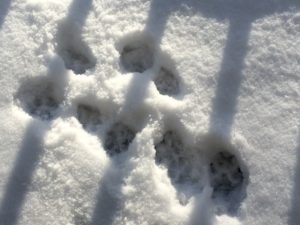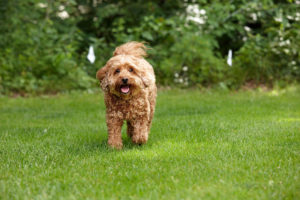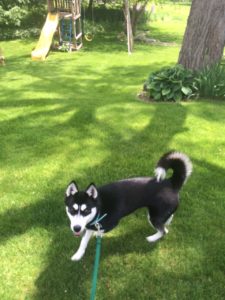Winter Hidden Fence Installation
Have you ever wondered what hidden fence installers do during the winter? Just kidding, of course you haven’t. But we do install dog fences during the winter months in Minnesota, even when the ground is frozen. If you have a dog that needs to be contained, you need it now, not whenever the weather cooperates.
A typical underground hidden fence consists of burying wire around the perimeter of the yard, securing the wire across the driveway, putting up yard flags, hooking up the electronics, and beginning the dog training process. In the wintertime burying the wire isn’t an option, but everything else is. So we follow all the steps, and then we lay the wire around the perimeter of the yard above ground. The only other difference is that we use green flags instead of white ones.
The wire will make its way to the bottom of the snow and ice and stays secure. Your dog will learn the boundaries in about four days, and you have a working containment system. The last step is in the spring when we come back to bury the wire once the ground is thawed.
No matter the time of year, we want you to know that your dog can be contained.


